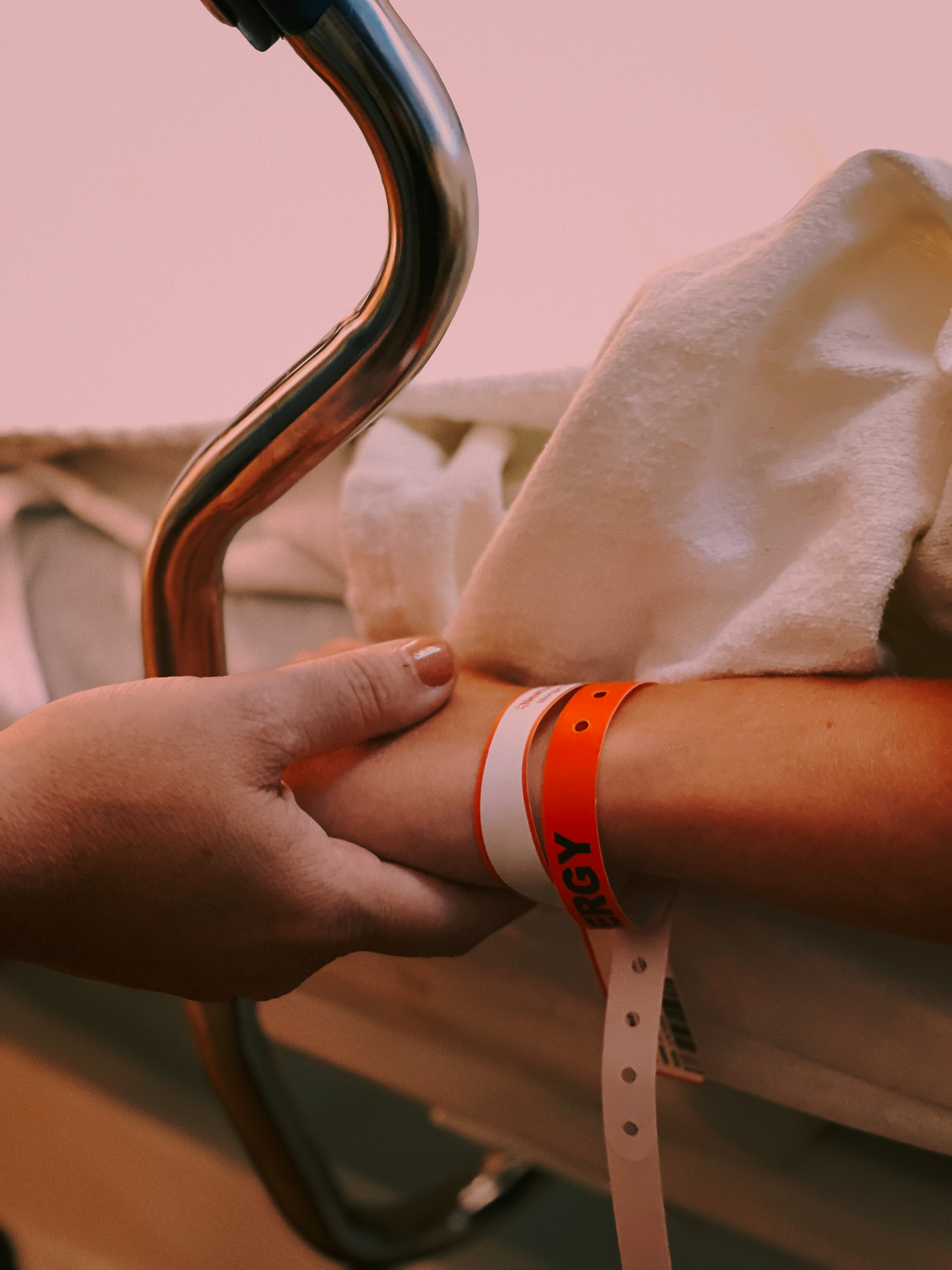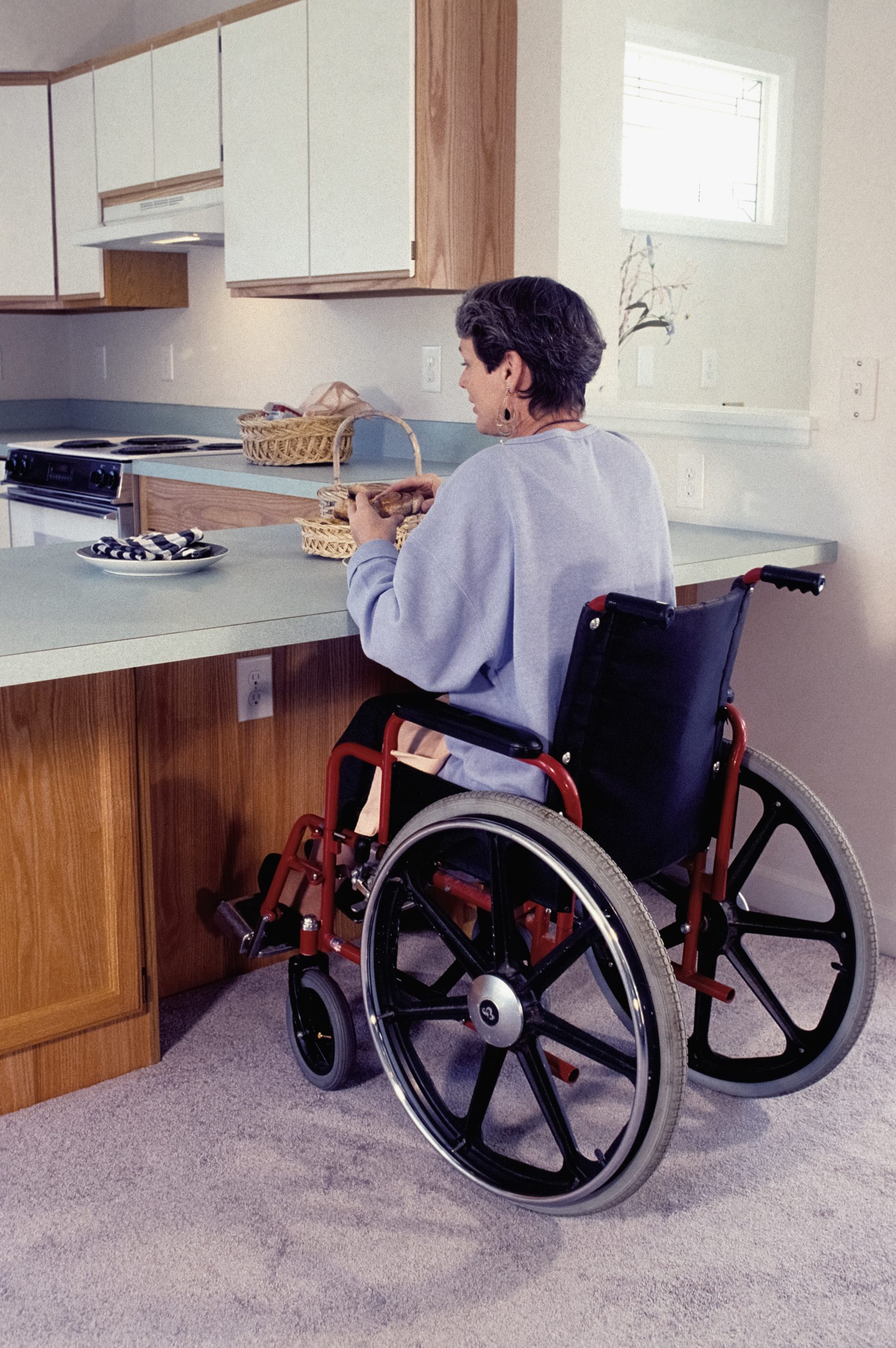3 Ways to Bridge Gaps in Caregiving

We will all be caregivers or need caregivers at some point in our lives. As Baby Boomers age, many of us are already caring for our parents as they become diagnosed with incurable conditions. But we still have to go to work, take our own children to school, run errands, and on and on. It’s just not possible to be home with dying parents round-the-clock. Hiring an aide can be expensive and it can be hard to trust a stranger to care for loved ones. Even for those that do hire help, it’s rarely available 24/7. How then, can we bridge the gap?

Utilize Zoom. In a death doula conference I recently attended, David Kessler himself talked about the idea of Zoom babysitting that emerged during the pandemic. (I, myself, have reaped the mental benefits of childcare via Zoom in the last couple of years.) He was talking, however, about how this can be utilized when caring for the dying. Often relatives that are not the primary caregivers will use video chat technology to have brief conversations with their dying loved ones, which doesn’t really give them the full scope of what’s happening across the country (or across the globe). Instead, Kessler spoke to the power of letting the somewhat-detached loved one “babysit” the dying person via Zoom for an extended period of time, giving the main caregiver a break. In this way, the family member on the other end of the computer can also better understand the state of things. It’s too easy for those who are not part of daily care to give their opinion and well-meaning but clueless suggestions to the primary caregiver.

Secure the home. Whether bed-bound or not, if a dying person is left home alone, they are incredibly vulnerable. Consider using a security service that provides burglar alarms, fire alarms, and 24/7 monitoring, like Tech Services of NJ. They can install keyless entry, intercom speaker systems, cameras, and more to make sure no one can enter the home unless they’ve been approved to do so. Hiring an actual company with 24/7 monitoring by a human being provides peace-of-mind that other do-it-yourself camera systems just can’t. Imagine being at work and having the distraction of constantly checking a device to make sure your loved one is safe. Even if you’ve never had any sort of home security before, it makes sense to hire a company like New Jersey alarm services for times when you cannot be with your dying family member.

Take advantage of hospice. The majority of people do not accept hospice care until it’s too late. This service is available everywhere and comes at no cost to the patient. A person is eligible for hospice when it is determined that they have six months left to live, regardless of any treatments. Some die sooner and some die later than the six-month-mark, but it’s important to note that accepting hospice care does not usher in death more quickly. It’s a common misconception that going on hospice means “giving up.” What it actually means, is that the dying person will get the best possible care and be allowed to die in peace in their final months. How does this help the caregiver? First, it means house calls instead of multiple appointments. Nurses, aides, social workers, chaplains, and volunteers go to wherever the dying person calls home. Second, it means the likelihood of someone being home with our loved ones when we cannot be is higher. These are professionals who are ethically bound to care for our loved ones and as with children, it takes a village to care for the dying (and their caregivers).
Caregivers are stretched unimaginably thin. By utilizing technology, outsourcing home security, and taking advantage of hospice, the burden of caregiving can be lifted slightly.
Have you ever been a caregiver to a dying person? What would you add to this list?






